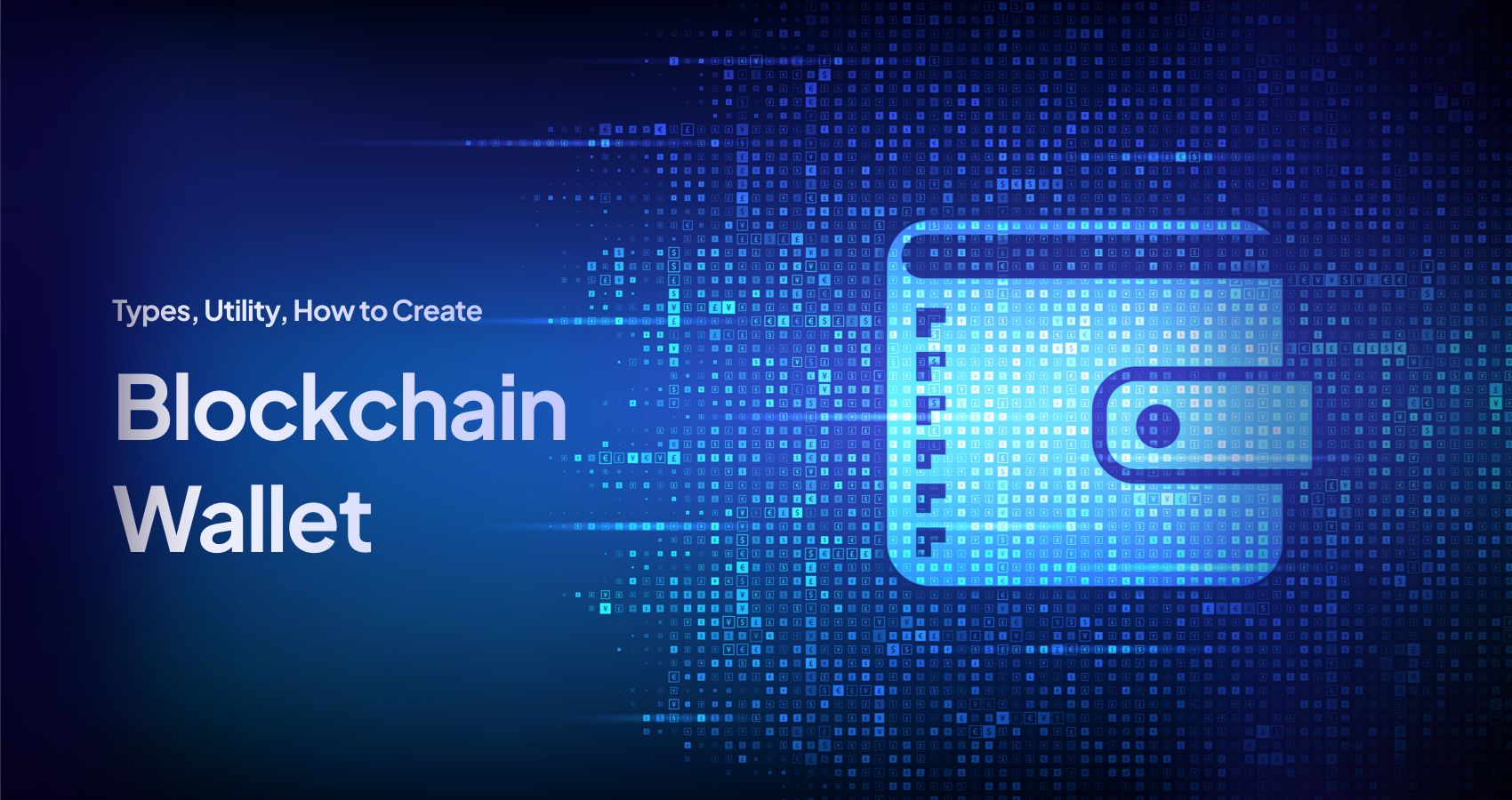Cryptocurrencies have emerged as one of the most transformative technologies of the 21st century, with Bitcoin, Ethereum, and thousands of other tokens revolutionizing finance, technology, and even global governance. However, as the popularity of digital currencies has soared, so has the need for secure, user-friendly ways to store and manage them. Enter the crypto Metamask wallet—one of the most crucial components in the blockchain ecosystem.
While many people are familiar with the concept of digital wallets, the nuances of crypto wallets are still somewhat shrouded in mystery. This article explores the evolution of crypto wallets, highlighting their importance, different types, and the emerging trends that are shaping their future.
What is a Crypto Wallet?
In simple terms, a crypto wallet is a software or hardware application that allows users to store and manage their cryptocurrency holdings. It doesn’t “store” the actual cryptocurrency but rather manages the private keys that are used to access the blockchain and execute transactions. These private keys act like a password, granting users control over their digital assets.
Crypto wallets can be broken down into two major categories: hot wallets and cold wallets. Each comes with its own advantages and disadvantages, depending on the user’s needs.
Hot Wallets: Convenience and Risk
Hot wallets are online wallets connected to the internet. They are extremely convenient for users who need to access their funds quickly and make frequent transactions. Examples include web-based wallets, mobile wallets, and software wallets that run on desktops. Popular hot wallet options include MetaMask, Trust Wallet, and Coinbase Wallet.
The main advantage of hot wallets is their ease of use. They allow users to quickly access their funds, making them ideal for traders or people who need frequent access to their assets. However, the major drawback is security. Since these wallets are online, they are vulnerable to hacking, phishing attacks, and other types of cybersecurity breaches. A hot wallet that isn’t properly secured can be a prime target for malicious actors.
Cold Wallets: The Ultimate in Security
Cold wallets, on the other hand, are offline wallets that are not connected to the internet, providing an extra layer of security. These include hardware wallets (such as Ledger and Trezor) and paper wallets. The idea behind cold storage is to keep the private keys offline, making it nearly impossible for hackers to access the funds remotely.
Cold wallets are ideal for long-term storage and are frequently used by investors who don’t need to access their funds regularly. Although they are much safer than hot wallets in terms of security, cold wallets are less convenient, requiring physical access to the wallet device (e.g., plugging in a hardware wallet to a computer) before transactions can be made.
The Rise of Multi-Signature Wallets
As cryptocurrency adoption grows, so too does the need for additional security features. Multi-signature (or multi-sig) wallets are one such feature that has gained traction. These wallets require more than one private key to authorize a transaction, thus adding an extra layer of protection. For example, a wallet could require signatures from both a user and a co-signer, or from a set of backup keys.
Multi-sig wallets are increasingly popular in business settings and for individuals with large crypto holdings. They prevent unauthorized transactions by ensuring that no single person can unilaterally access the funds. The use of multi-sig technology also reduces the risks of losing access to assets in the event of a lost private key or a compromised account.
The Future of Crypto Wallets: Innovations on the Horizon
While traditional hot and cold wallets have served their purpose, the future of crypto wallets is shaping up to be far more sophisticated. Here are a few innovations that are poised to revolutionize the way we store and manage cryptocurrencies.
- Biometric Authentication
With the rise of biometric data being used for authentication in smartphones and other devices, it’s no surprise that biometric authentication is making its way into crypto wallets. Fingerprint scans, facial recognition, and even retinal scans may become standard features to ensure that only authorized users can access their wallets. - Smart Wallets
Smart wallets are a natural progression in the evolution of crypto storage. These wallets leverage artificial intelligence (AI) to automate and optimize user transactions. They can provide enhanced security by learning a user’s transaction behavior and flagging suspicious activities. Smart wallets may also provide real-time portfolio tracking, predictive analytics, and even integration with decentralized finance (DeFi) applications. - Interoperability Across Blockchains
As the crypto ecosystem expands, users are holding assets on multiple blockchains, leading to fragmentation in the wallet space. The future of crypto wallets likely includes interoperability, allowing users to store and manage assets from different blockchains within a single wallet interface. This could help streamline the user experience and make crypto management more intuitive. - Self-Custodial vs. Custodial Wallets
Custodial wallets, where the service provider holds the private keys on behalf of the user, have been popular for ease of use. However, self-custodial wallets, where the user holds the private keys, offer more control and security. The trend is moving toward offering users more control over their funds, though it comes with a greater responsibility to maintain security. - Crypto Wallets and Decentralized Identity (DID)
With decentralized identity gaining attention, it’s likely that crypto wallets will evolve into key components of a broader digital identity ecosystem. This could enable seamless access to decentralized applications (dApps), and provide an additional layer of privacy and control over personal data.
Crypto Wallets as the Gatekeepers of the Blockchain Revolution
The crypto wallet is much more than a digital tool; it is the gatekeeper to the decentralized world of blockchain. As the technology continues to evolve, so too will the way in which users store, manage, and secure their digital assets. Whether it’s through the adoption of multi-sig wallets, advancements in biometric security, or the promise of AI-powered smart wallets, the crypto wallet will play a central role in the ongoing development of the blockchain ecosystem.
